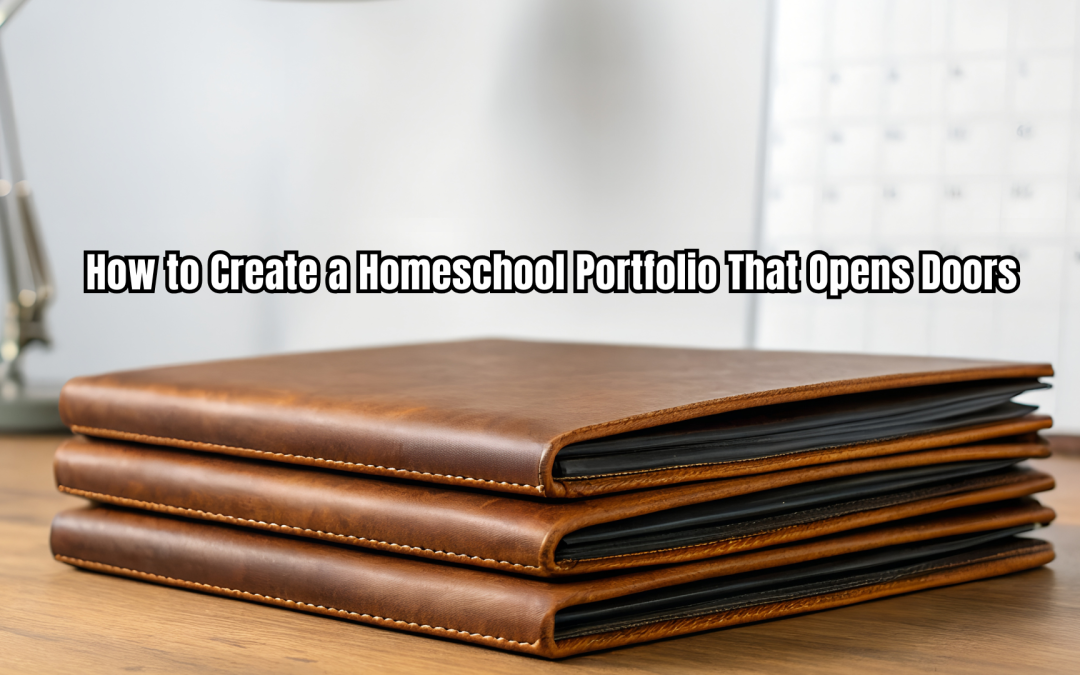For many homeschooling families, keeping track of lessons, assignments, and progress can feel like a full-time job. But when it comes time for college admissions, scholarships, or even a state review, a well-prepared homeschool portfolio can make all the difference. A portfolio not only showcases a student’s academic achievements but also highlights creativity, personal growth, and unique experiences.
Why a Homeschool Portfolio Matters
A homeschool portfolio is more than just a collection of papers. It’s a way to demonstrate the quality and depth of your child’s education. For parents, it provides organization and accountability. For students, it offers a chance to show off accomplishments. And for outside evaluators, it gives clear evidence that homeschooling is structured, thorough, and effective.
What to Include in a Portfolio
Every portfolio will look a little different depending on your child’s grade level and interests, but here are some essentials to consider:
Course Descriptions: Short outlines of each subject studied.
Samples of Work: Essays, projects, artwork, lab reports, or photos of hands-on activities.
Assessments: Test scores, quizzes, or teacher evaluations.
Transcript Records: Grades, credits, and cumulative GPA for high school students.
Extracurricular Activities: Clubs, sports, volunteer work, and hobbies.
Awards and Achievements: Certificates, honors, or recognitions earned.
Tips for Organizing Your Portfolio
Keep it Simple: Use a binder with tabs or create a digital folder system.
Update Regularly: Add work samples and grades as you go instead of waiting until the end of the year.
Show Progress: Include early and later work to demonstrate growth.
Highlight Interests: If your child is passionate about art, music, or science, make sure the portfolio reflects that.
Presenting the Portfolio
When it’s time to share the portfolio—whether with a college, a scholarship committee, or a homeschool evaluator—keep the focus on clarity and professionalism. Organize materials in a way that’s easy to navigate. Include a table of contents and clear labels. If creating a digital version, use a PDF format with clickable sections for easy access.
Common Mistakes to Avoid
Waiting until the last minute to compile everything.
Overloading the portfolio with unnecessary papers.
Forgetting to include extracurriculars and non-academic achievements.
Not maintaining consistency with grading scales or credit hours.
Final Thoughts
A homeschool portfolio is a powerful tool that reflects your child’s hard work and unique learning journey. When thoughtfully assembled, it does more than meet requirements—it opens doors. It tells a story of academic growth, creativity, and dedication, and can give your student a strong advantage when applying to colleges, programs, or future opportunities.
